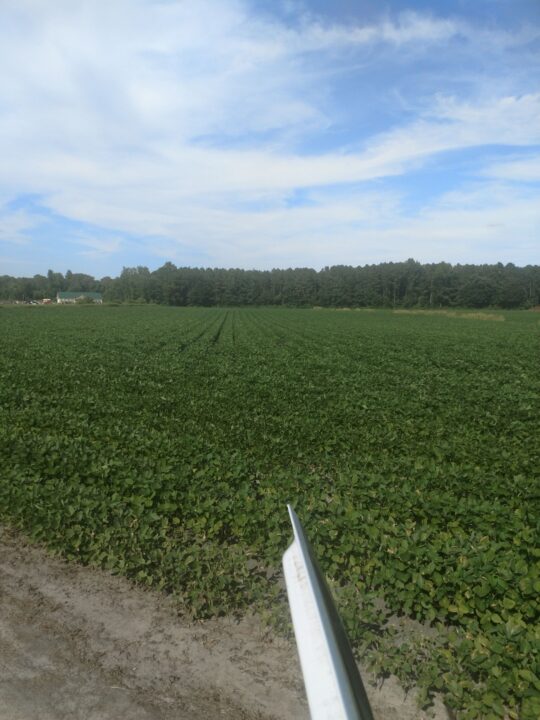Why in a Compartmentalized World, Farming Needs to Unite
It is hard to believe, but Lord help us, we are getting into full swing of the 2020 presidential election cycle. One of the legacies of the 2016 election that will be long remembered was the popular use of the term “fake news.” I believe the term was first used by the Democrats, but President Trump skillfully turned it in his favor, and the rest is history.
People use the term pretty liberally these days. It is mighty tempting to label something fake news if it doesn’t comport with your beliefs. If you frequent social media, I am sure you’ve seen the phenomenon unfold. Social media has created a perfect environment for people to live in a compartmentalized and combative world where information that supports one’s point of view spreads without the best standard of fact checking. If you are in my tribe, you are good. If you are in another tribe, you are bad. Politics is the perfect breeding ground for this type of division and sadly that will likely never change.
What concerns me more than politics on social media is discussions and beliefs put forward about the food we eat.
American consumers have been blessed with an abundant and mostly affordable food supply. Many don’t have to worry about where their next meal is coming from, and it’s in this environment that opinions about what is good and bad in food and agriculture can take hold.
And, there are a bunch of folks with a lot of different agendas on how agriculture should operate. Many of these people have little, if any, experience in agriculture. These agendas have proliferated on social media — some positive and others negative.
The classic example of this has been the case against GMOs, which has been the fodder of social media debate for as long as social media has been around. And, it is fair to say agriculture lost that battle. Take a walk through a grocery store, and the proliferation of non-GMO labels is good evidence of the loss, despite the many studies that show GMOs are safe.
You don’t see as much about GMOs on social media these days except from the diehard opponents and advocates. It’s more common now to see claims about various foods and their good or bad health effects. I have seen claims (supposedly from reliable sources) that a particular vegetable has qualities that can cure cancer. I also have seen claims that the very same vegetable causes cancer. I may be wrong, but I suspect, both claims are just a wee bit overstated.
Some also put forth the idea that pushing farming methods back in time, before modern techniques and technology, is somehow better. The problem with that notion is that it would be pretty difficult to keep grocery store shelves filled at all times, like they are today.
Social media has been the fuel that fired class-action lawsuits against the world’s most widely used herbicide. Other attacks on agriculture — like class-action lawsuits on pig farms because urban folks who move to the country can’t be bothered by the smell — are becoming all the more frequent.
So, as a grower, what can you do to respond to these attacks on modern farming? Consider establishing a social media presence to document life on the farm. Don’t be combative, just show the challenges, joys, and heartbreaks that come with farming. It speaks for itself much more loudly than someone with no ag background spreading misinformation on social media.
Finally, this is a little off topic, but somewhat related. Can we please give the social media videos of licking the ice cream and putting it back on shelf a rest? That’s just gross!










